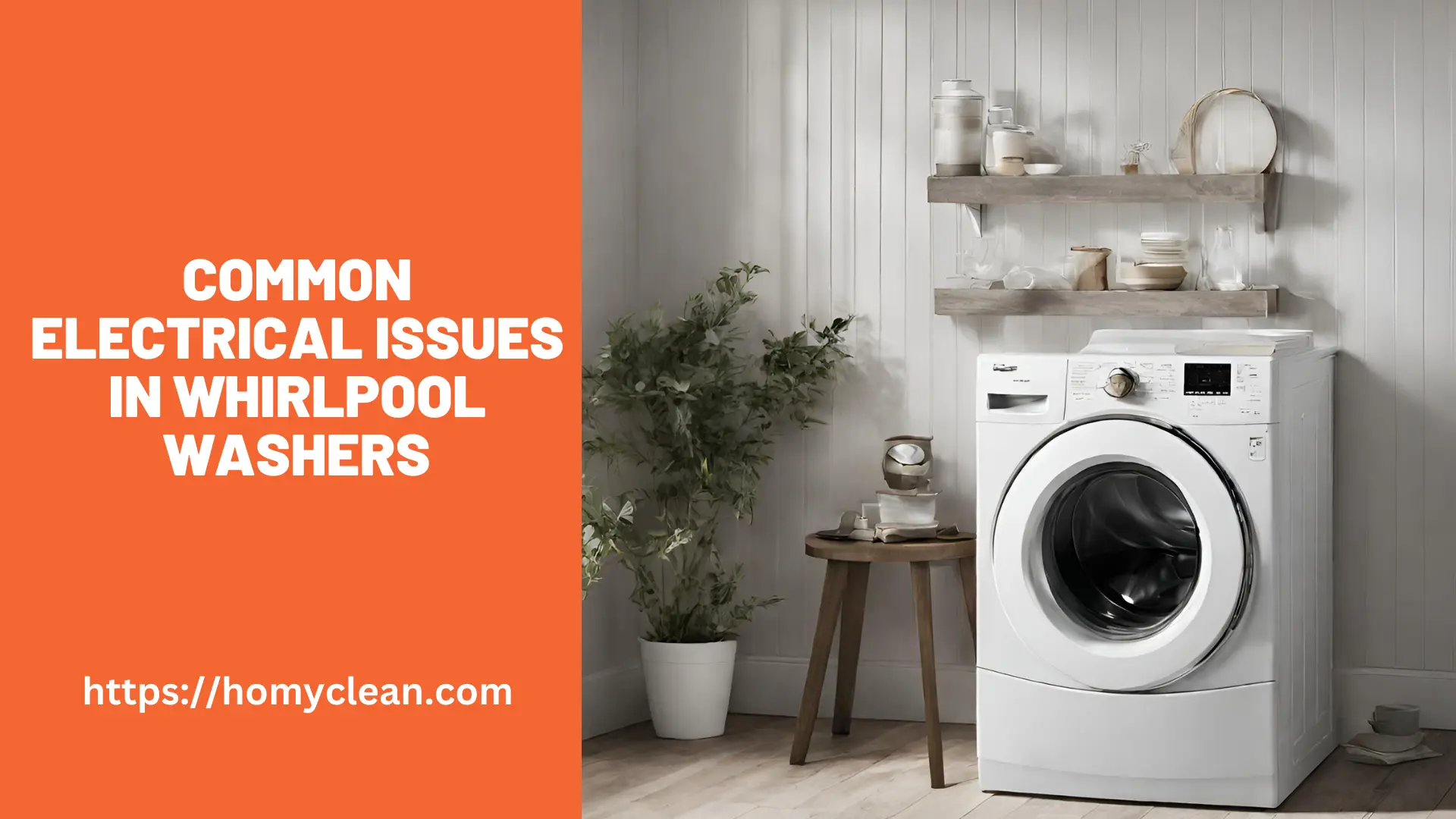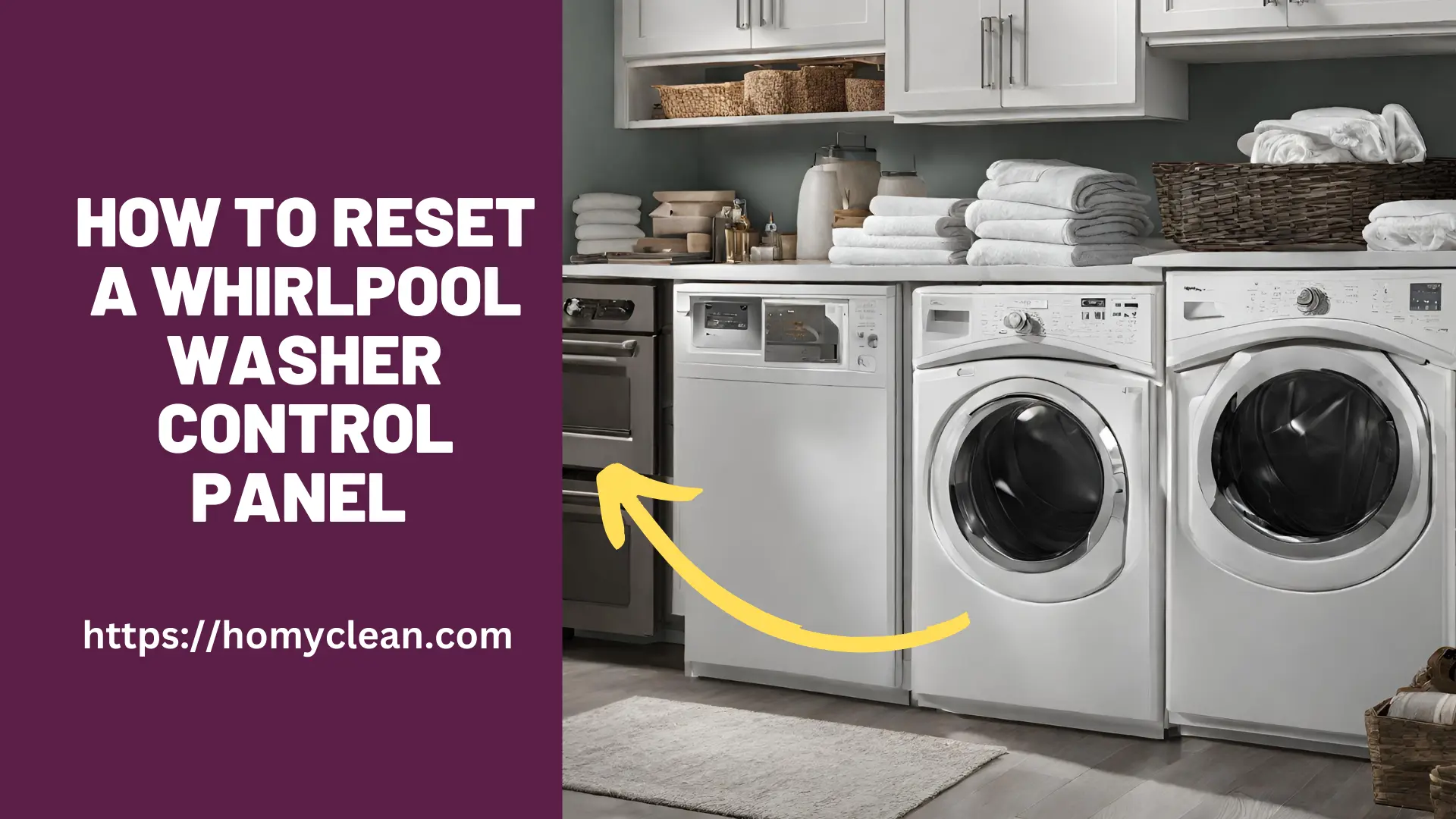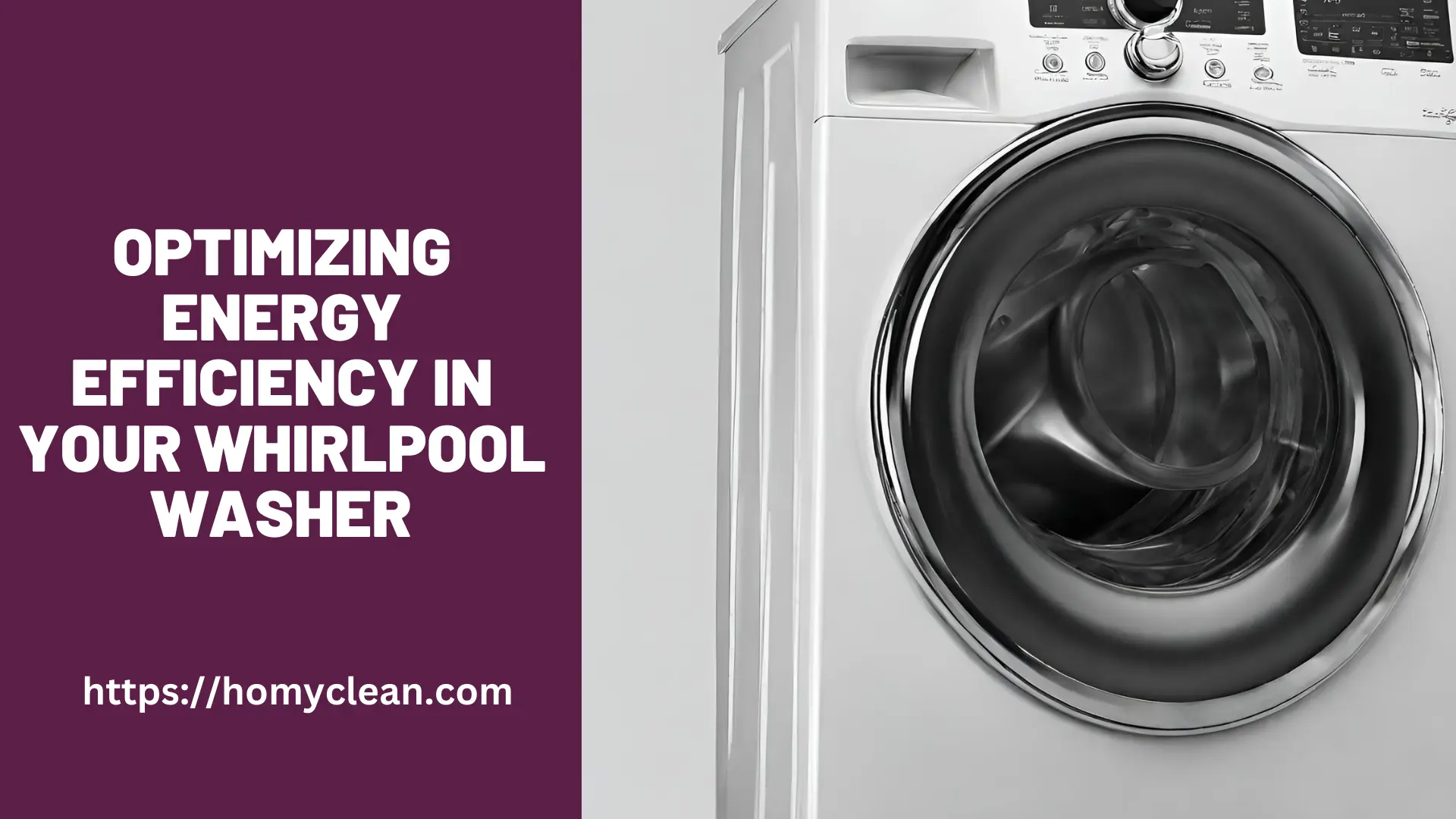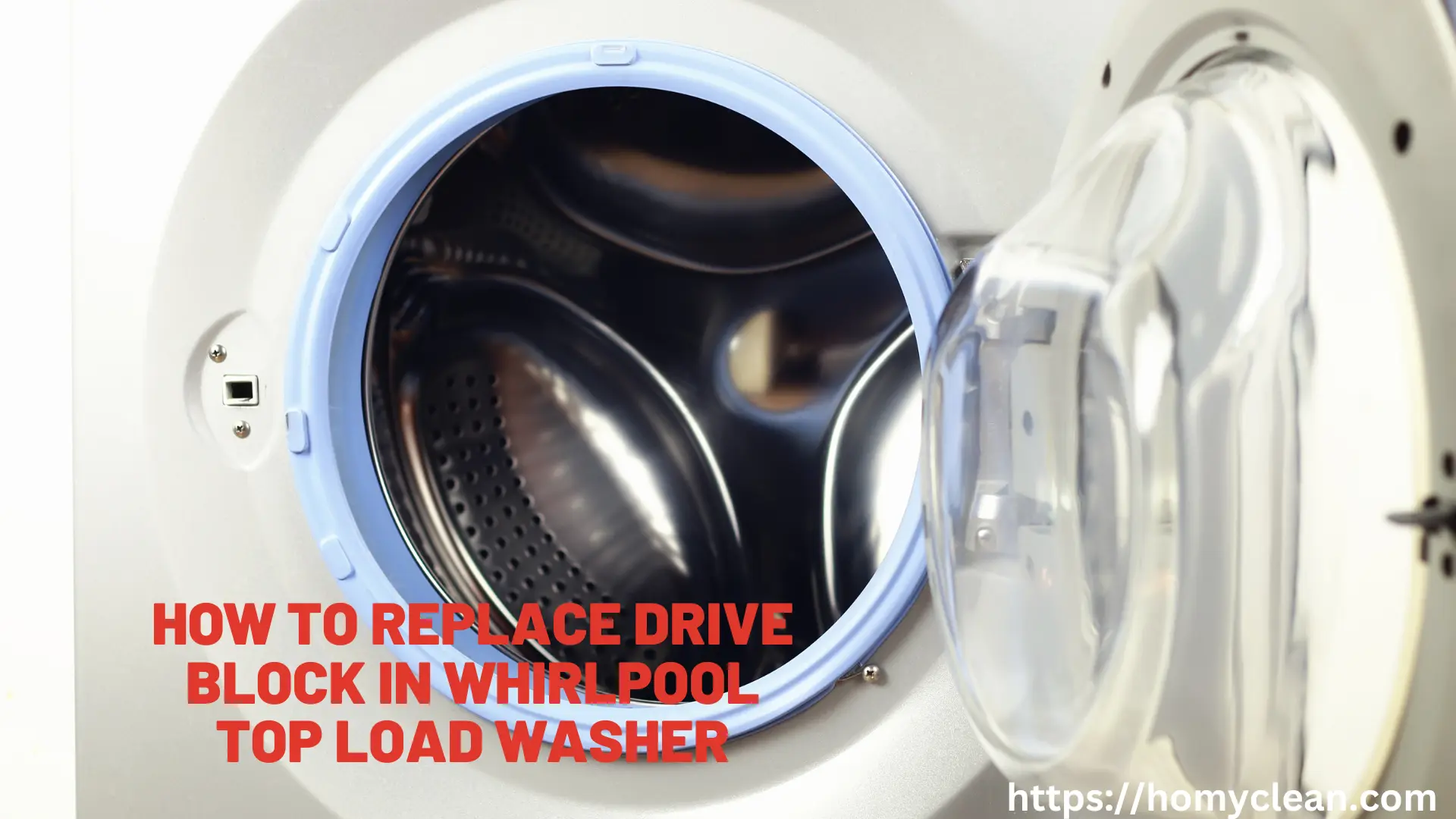Are you frustrated by the electrical issues in your Whirlpool washer? You’re not alone. Many homeowners encounter these problems, but don’t worry, we’ve got you covered. In this in-depth guide, we will delve into the world of Whirlpool washer malfunctions, specifically focusing on common electrical issues. We’ll use straightforward language and real-life examples to help you understand and troubleshoot these problems. So, let’s dive in and uncover the mysteries of your washer!
Common Electrical Issues in Whirlpool Washers
I know whirlpool washers for their efficiency and reliability, but like any other appliance, they can encounter electrical issues. Whether you’re hearing strange noises, dealing with a washer that won’t start, or experiencing other problems, we’re here to assist you in resolving them.
Identifying the Electrical Issues In Whirlpool Washers
Let’s start by identifying some of the most frequent electrical issues that Whirlpool washer owners encounter. By understanding these problems, you can quickly get to the root of the matter and find a solution.
1. Washer Won’t Start
One of the most frustrating problems you might face is when your washer simply won’t start. It’s like having a car with a dead battery – nothing happens when you press the power button. This issue is often related to the power supply or the control board. Here, you may need to check the power outlet and ensure it’s functioning properly.
2. Strange Noises
If you hear strange noises during the washing cycle, it could be an indicator of an underlying electrical issue. For instance, a malfunctioning motor or worn-out belts can result in unusual sounds. This is a scenario where the problem may be less obvious, and professional help might be required.
3. Washer Stops Mid-cycle
Imagine your washer suddenly halting in the middle of a cycle, leaving your laundry in limbo. Various electrical problems can cause this such as a faulty lid switch, timer, or thermal fuse. Troubleshooting this issue will require a bit of detective work.
4. Electrical Smells
A burning or electrical smell coming from your washer is a warning sign. It could show overheating or wiring issues. If you notice this smell, it’s crucial to disconnect the washer from the power source immediately and seek professional help.
Electrical Issues In Whirlpool Washers: 4 Easy Step Solutions
Now that we’ve identified these common issues, let’s explore the troubleshooting steps and solutions for each problem.
1. Washer Won’t Start
- Check the Power Outlet: Ensure that the power outlet is functional. Plug in another device to confirm it’s not the source of the problem.
- Inspect the Power Cord: Examine the power cord for any visible damage or frayed wires.
- Control Board Assessment: The control board might be the culprit. Look for any burnt or damaged components. If you’re not confident in your electrical skills, it’s best to consult a technician.
2. Strange Noises
- Check for Foreign Objects: Sometimes, objects like coins or buttons can get stuck in the washer’s drum or pump, causing noise. Remove any foreign objects if found.
- Inspect the Motor: If the noise persists, the motor might be the issue. It’s best to contact a professional technician to inspect and repair the motor.
3. Washer Stops Mid-cycle
- Examine the Lid Switch: A faulty lid switch can disrupt the washing cycle. Ensure it’s functioning properly by testing it with a multimeter.
- Timer Evaluation: Test the timer for any faults. If it’s not working correctly, consider replacing it.
4. Electrical Smells
- Immediate Shutdown: If you smell something burning, turn off the power immediately and unplug the washer.
- Professional Inspection: Contact a qualified technician to inspect the wiring and components to identify the source of the smell.
Real-life Example
Imagine you’re doing a load of laundry for a family gathering. As you start the washer, it pauses mid-cycle. Panic sets in as you wonder how to fix it before your guests arrive. In this real-life scenario, I could relate the issue to a malfunctioning lid switch. By following the troubleshooting steps mentioned earlier, you can quickly identify the problem and get your washer back on track.
People Also Visit:
FAQs – Electrical In Whirlpool Washers
Here are ten frequently asked questions about common electrical issues in Whirlpool washers:
1. Is it safe to repair electrical issues in my washer myself?
- While DIY enthusiasts can resolve some issues, others may require professional help. Safety should be your top priority.
2. Why does my washer make a humming noise when I press start, but nothing happens?
- This could be because of a problem with the motor or the belt. You may need a professional diagnosis.
3. My washer’s electrical smell is intermittent. Should I be concerned?
- Intermittent smells might show minor issues, but it’s best to get them checked promptly to avoid potential hazards.
4. Can a power surge damage my washer’s electrical components?
- Yes, power surges can harm your washer’s electrical system. Consider using surge protectors to prevent damage.
5. How often should I clean the electrical components of my washer?
- Regular cleaning and maintenance can prevent many electrical issues. Aim to clean the washer at least once a month.
6. What is the average lifespan of a Whirlpool washer’s electrical components?
- The lifespan varies, but with proper maintenance, you can extend the life of your washer’s electrical components.
7. Are there any warning signs I should watch for to prevent electrical issues?
- Unusual sounds, burning smells, and interruptions in the washing cycle are common warning signs.
8. Can I replace electrical components myself, or should I hire a technician?
- Simple components, like fuses or power cords, can be replaced by homeowners, but professionals should handle complex components.
9. How can I protect my washer from electrical issues in the first place?
- Use surge protectors, maintain your washer regularly, and avoid overloading it to reduce the risk of electrical problems.
10. What should I do if my washer gets wet because of a leak or flood?
- Disconnect it from the power source immediately and seek professional help to assess and repair any water-related damage.
Conclusion
In this comprehensive guide, we’ve explored common electrical issues in Whirlpool washers, offering troubleshooting steps and solutions to help you resolve these problems. Remember to prioritize safety, and if you’re unsure about any repairs, consult a qualified technician. By staying vigilant and addressing electrical issues promptly, you can keep your Whirlpool washer running smoothly for years to come.





